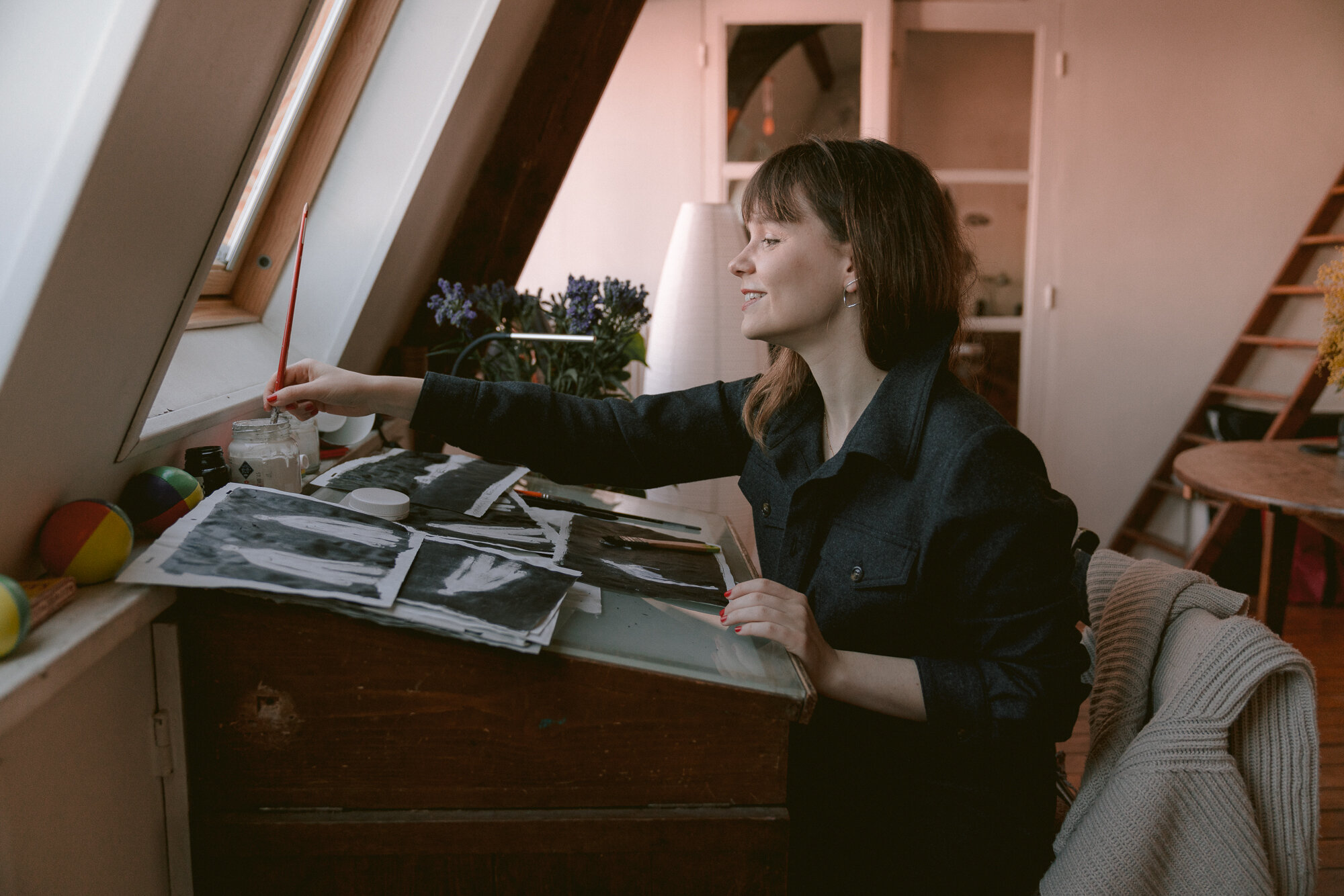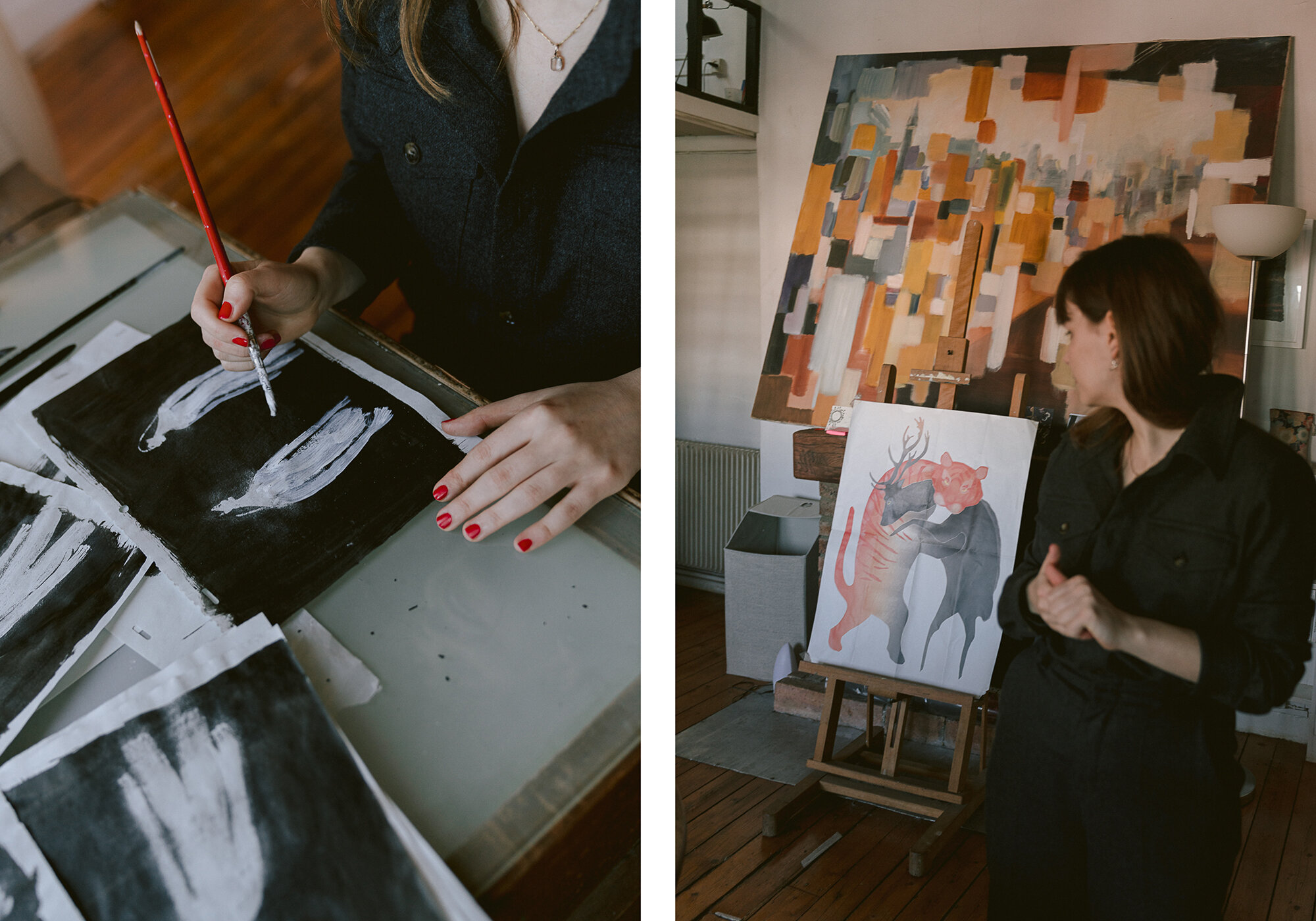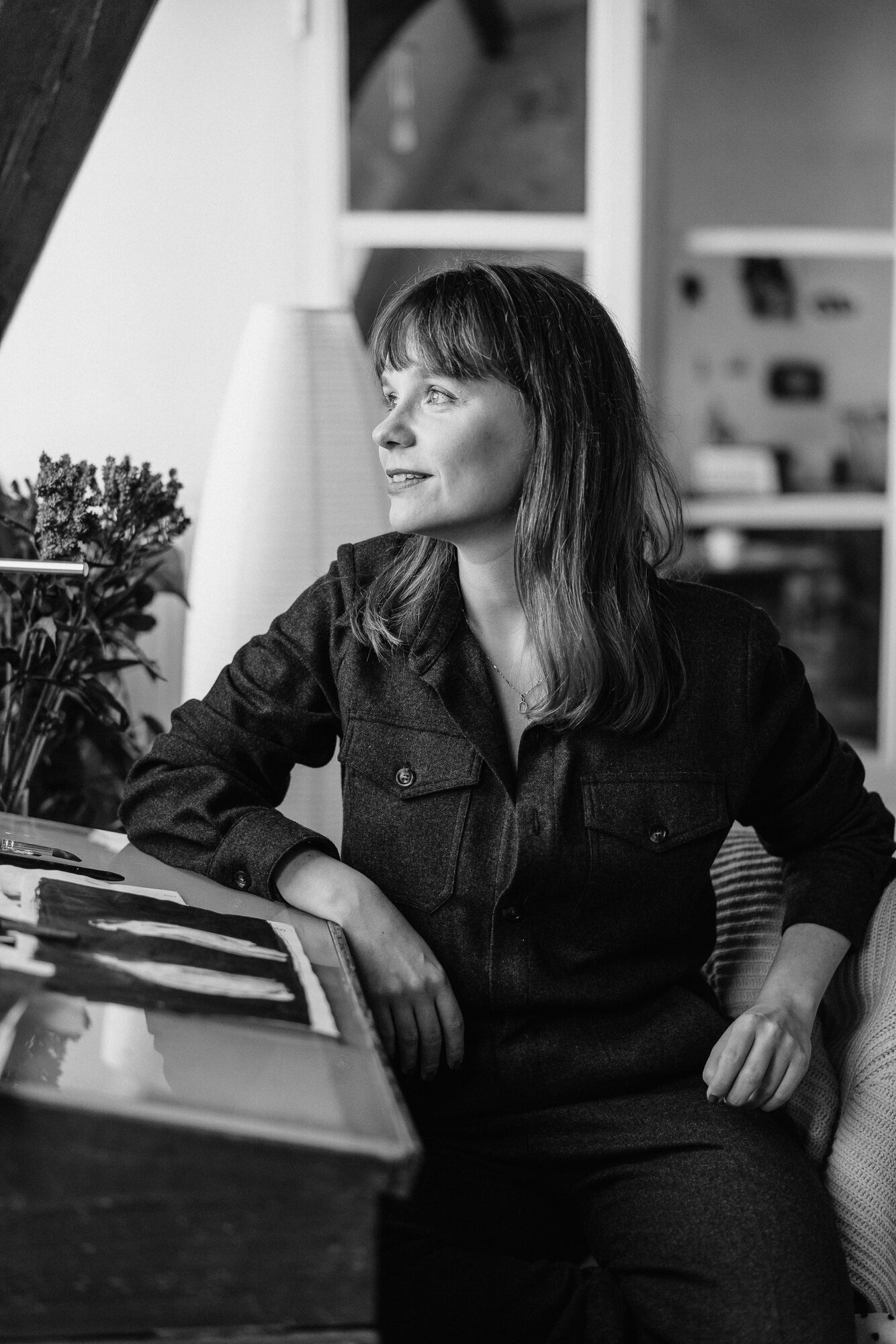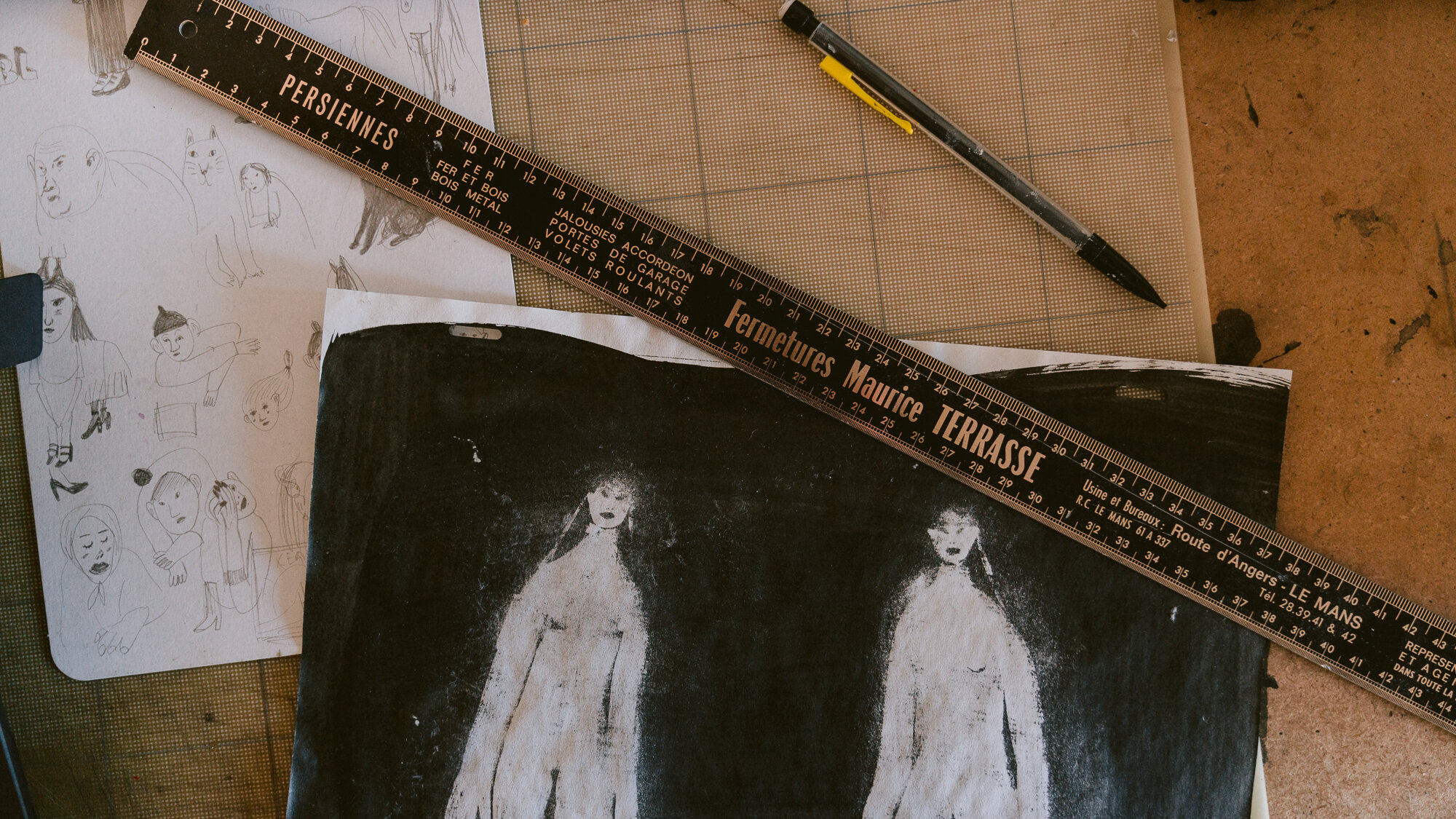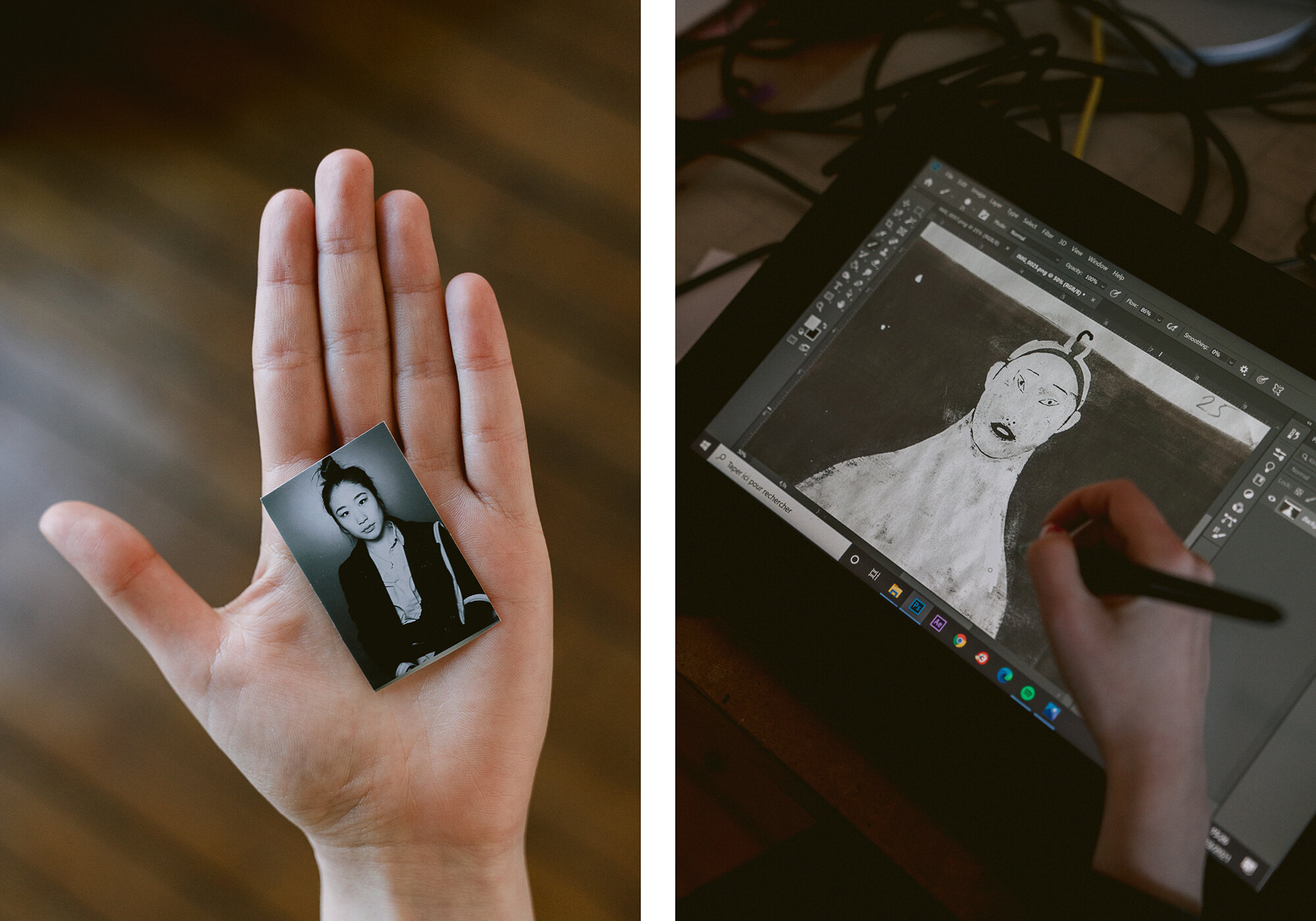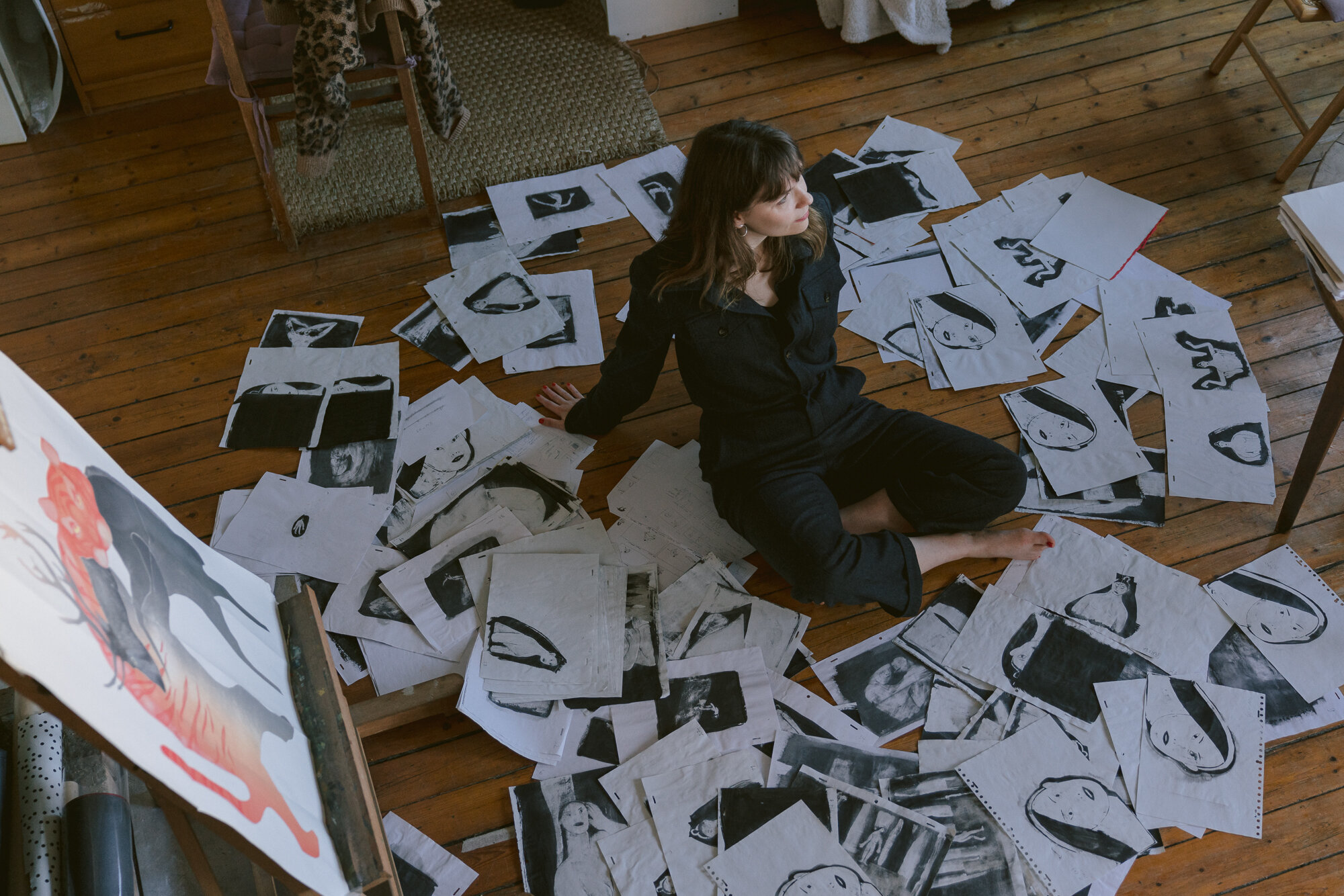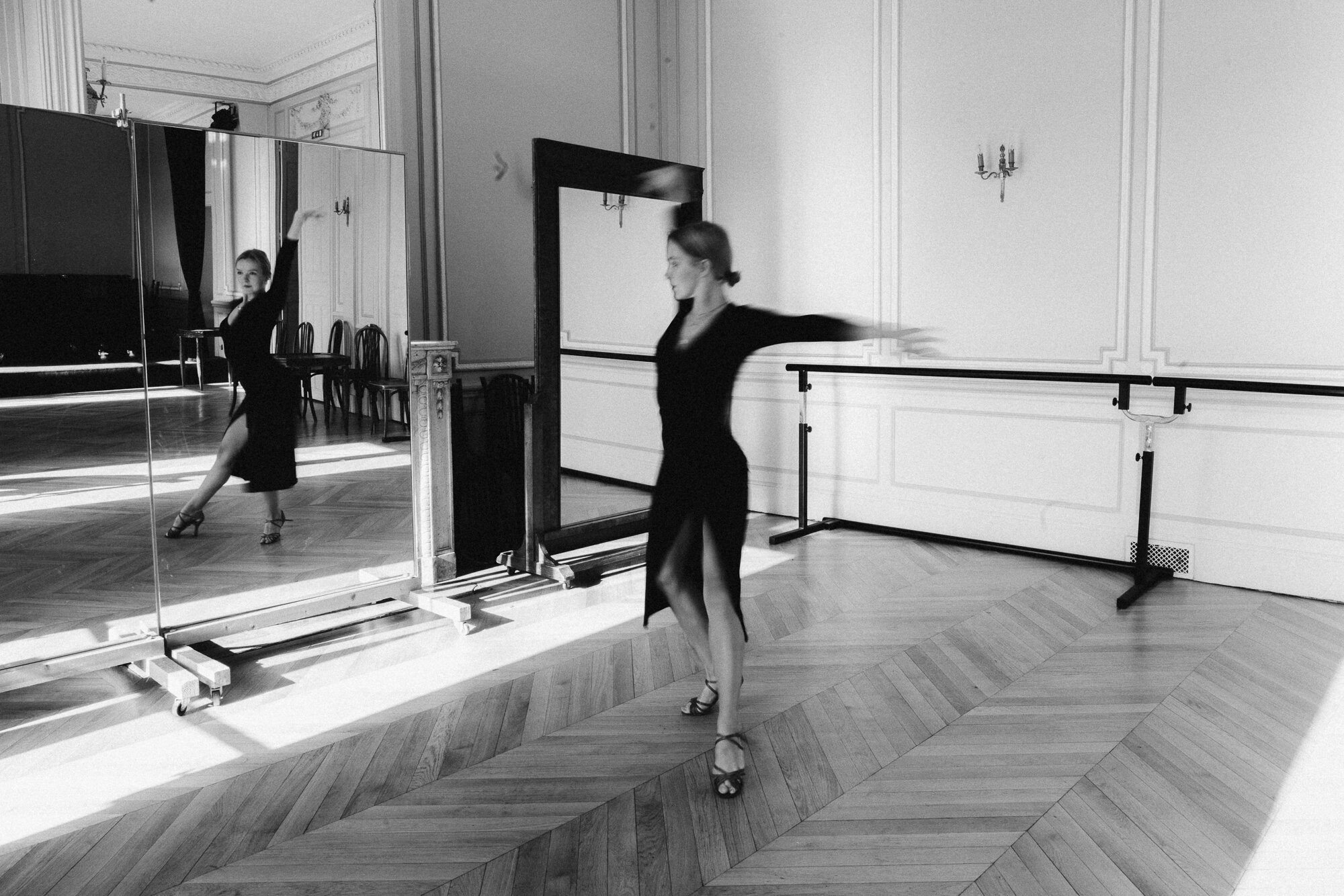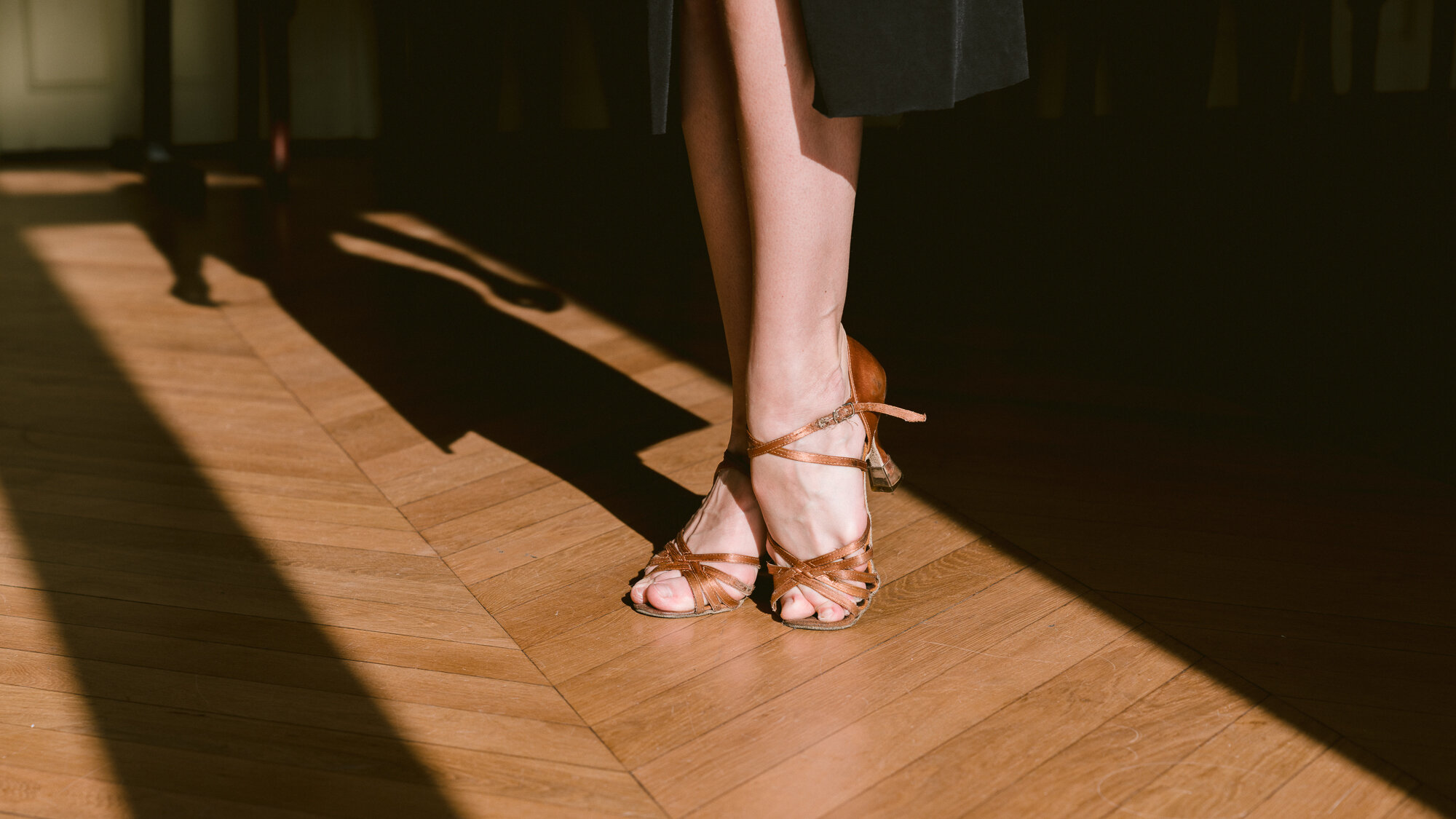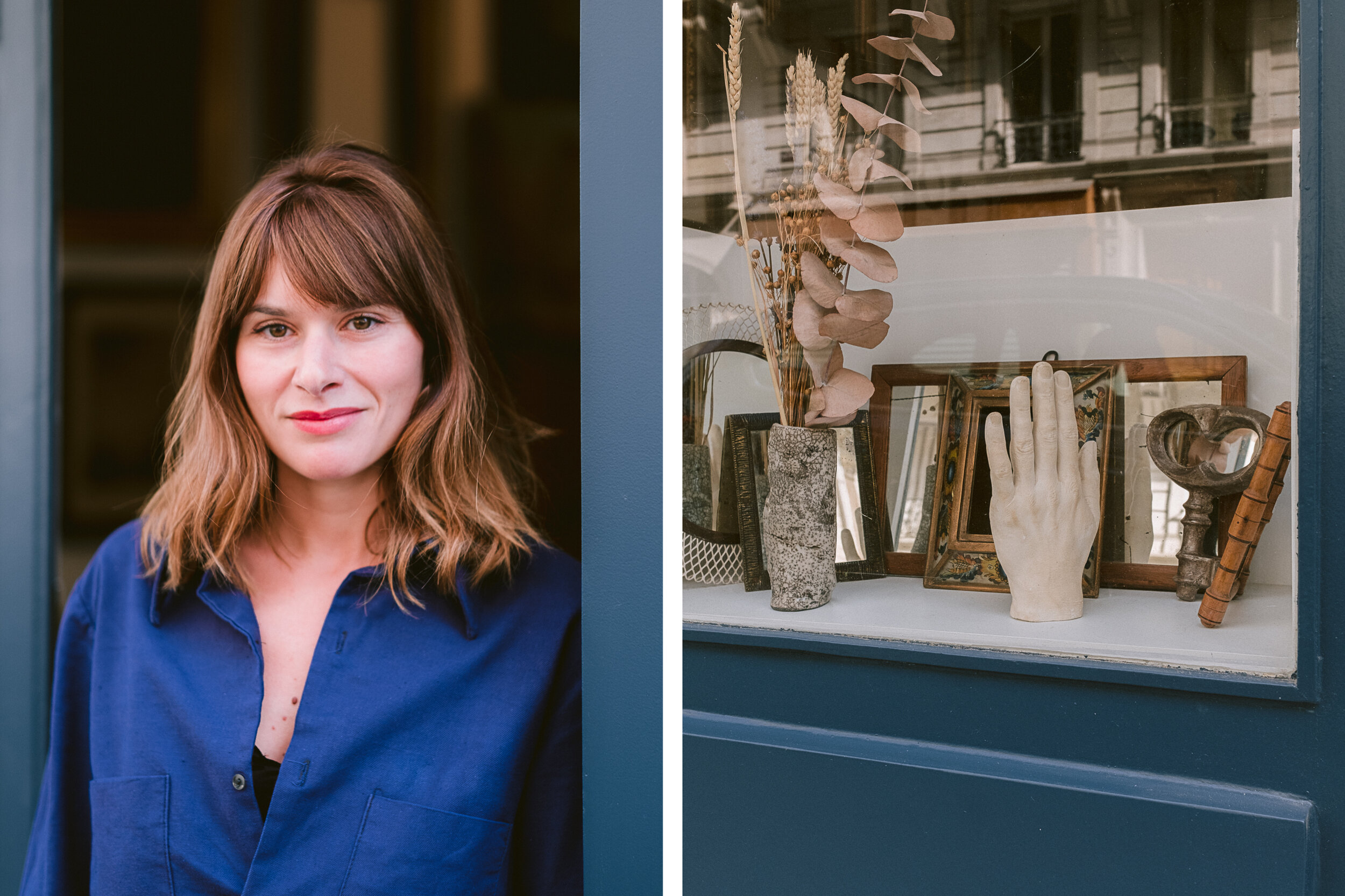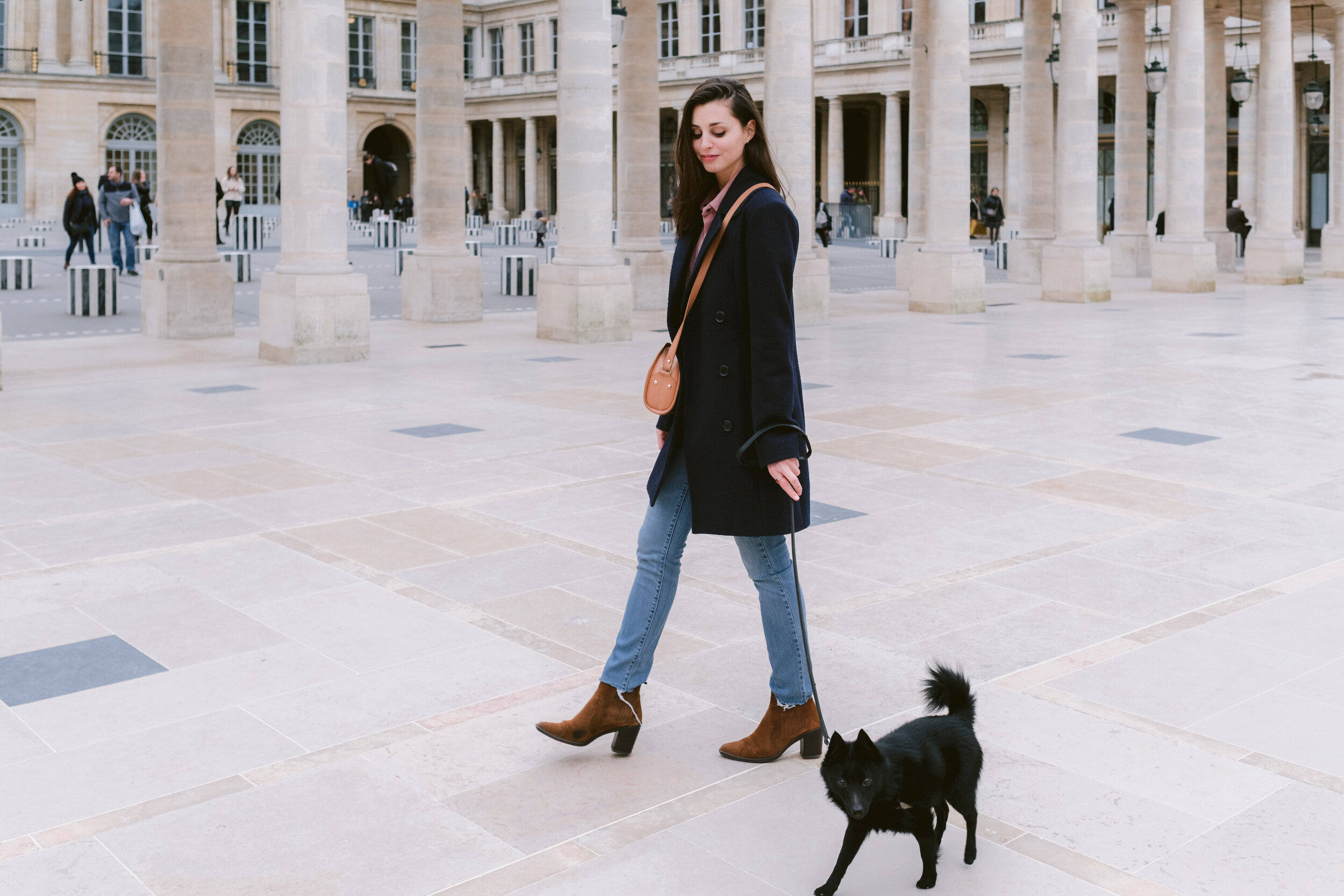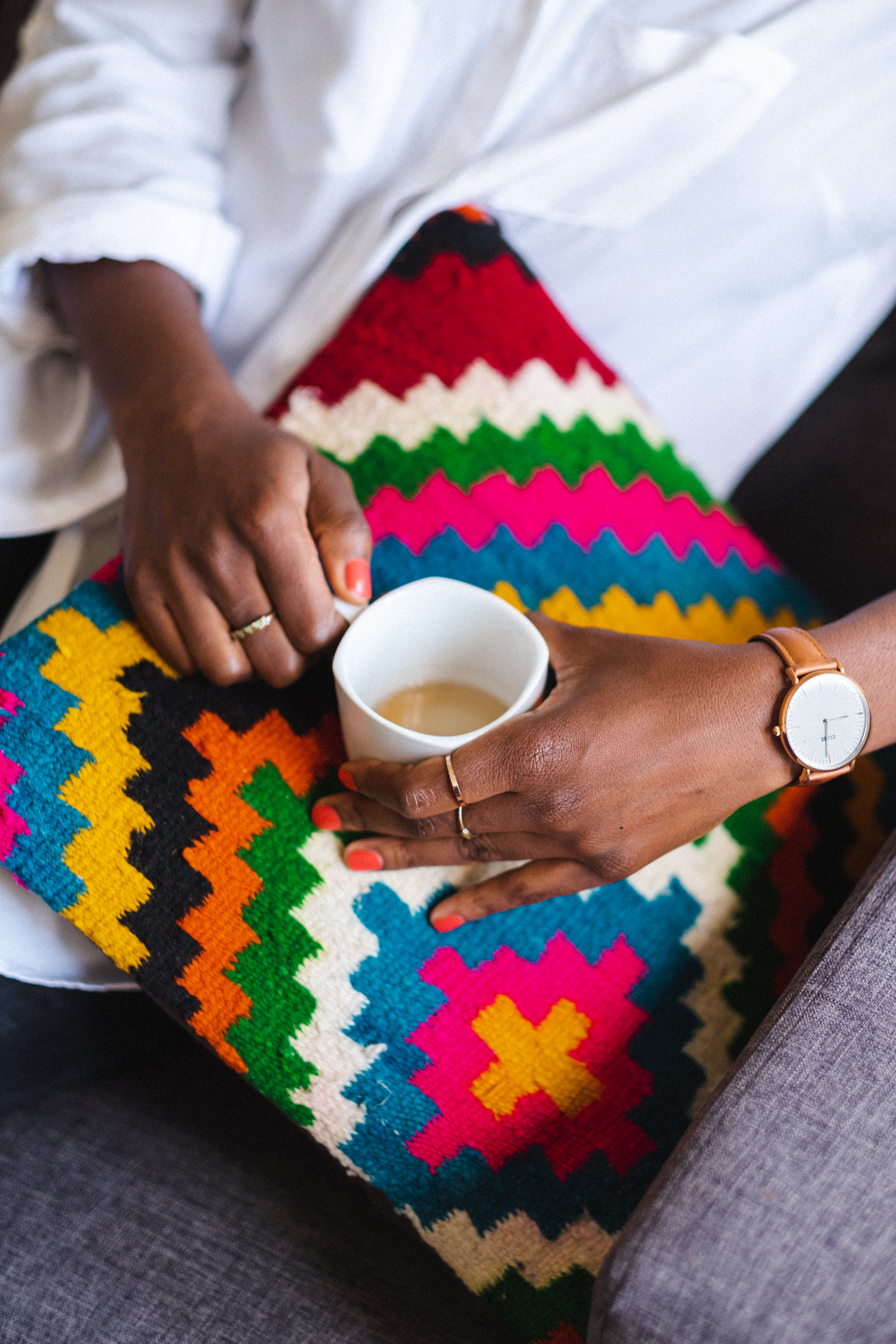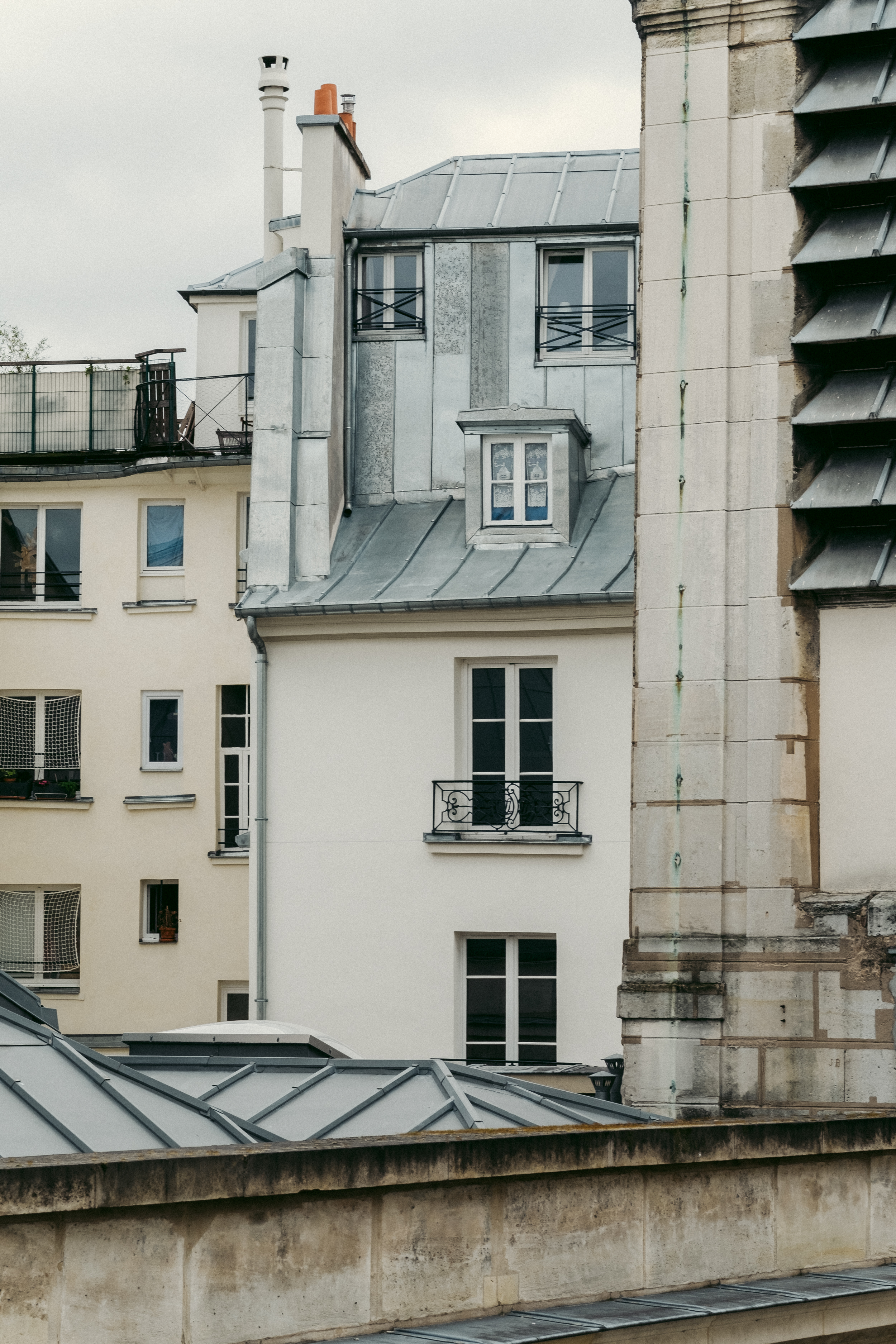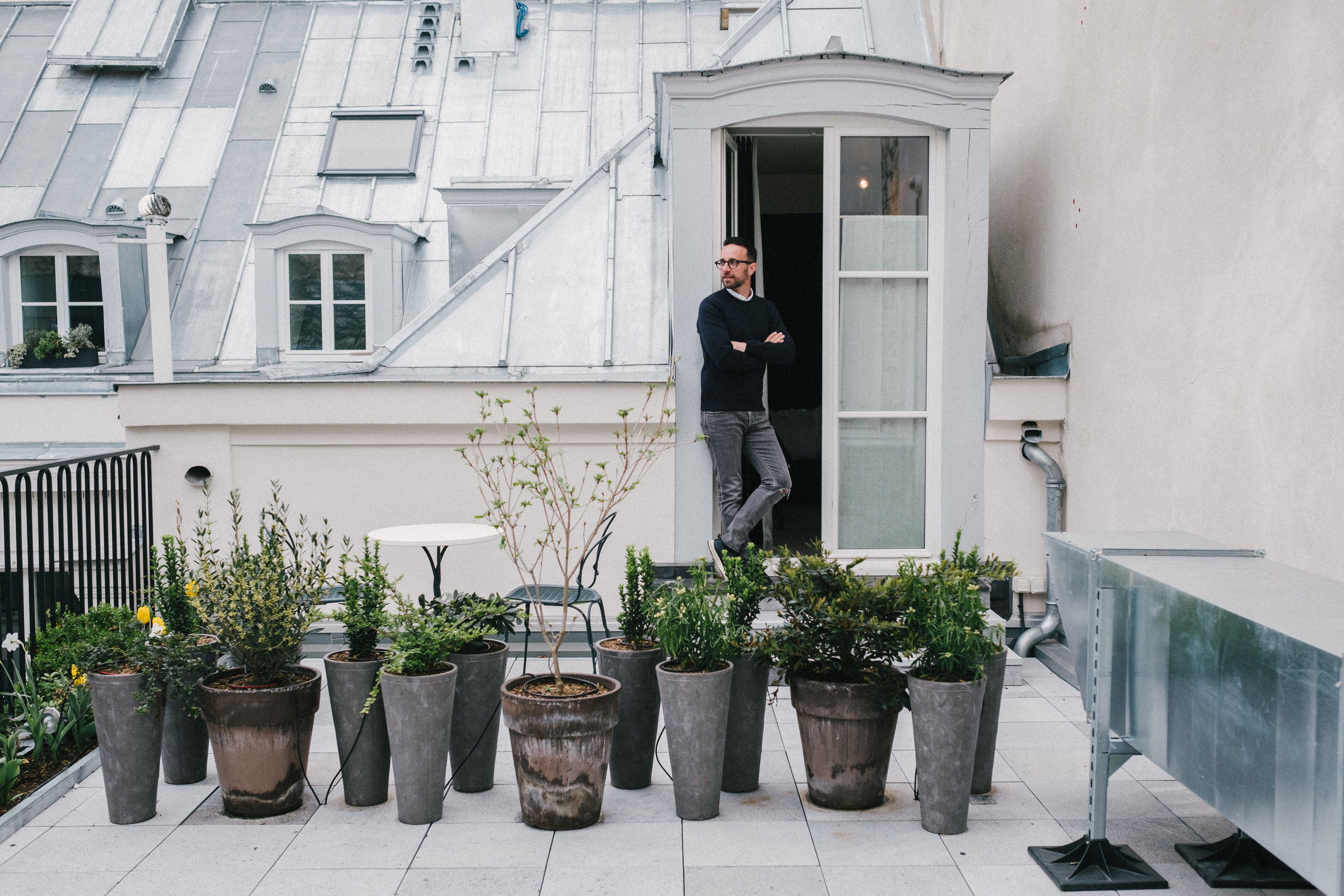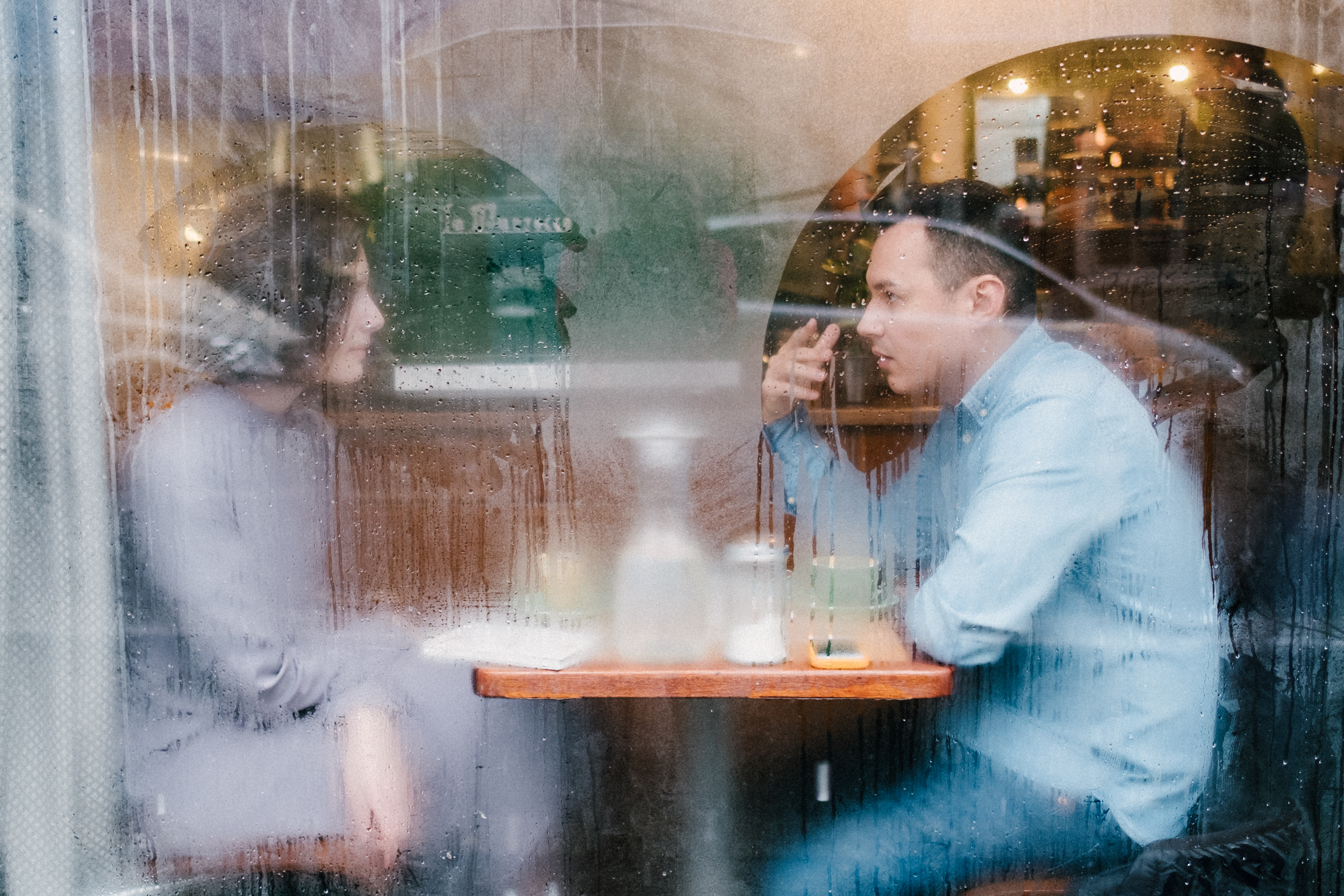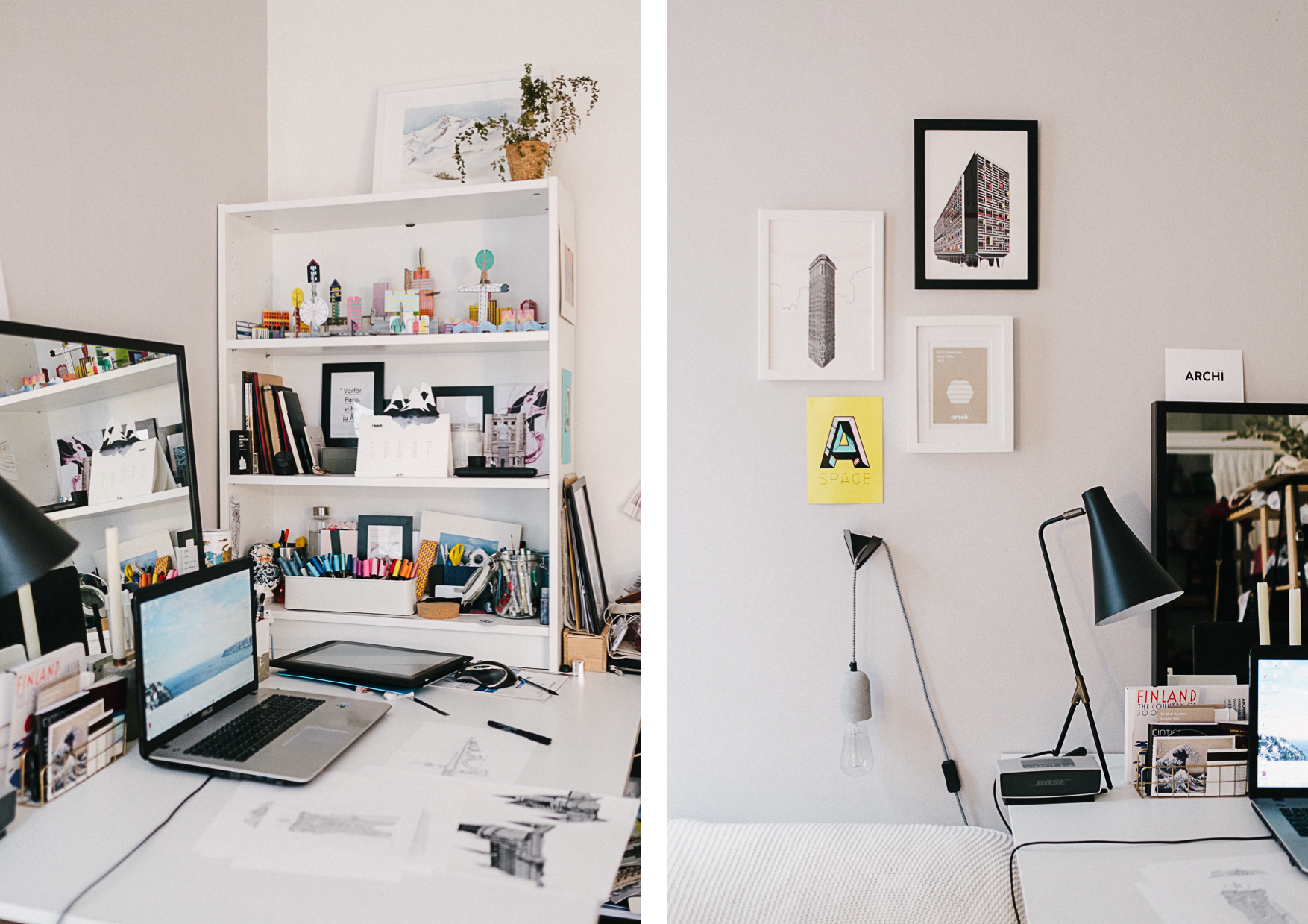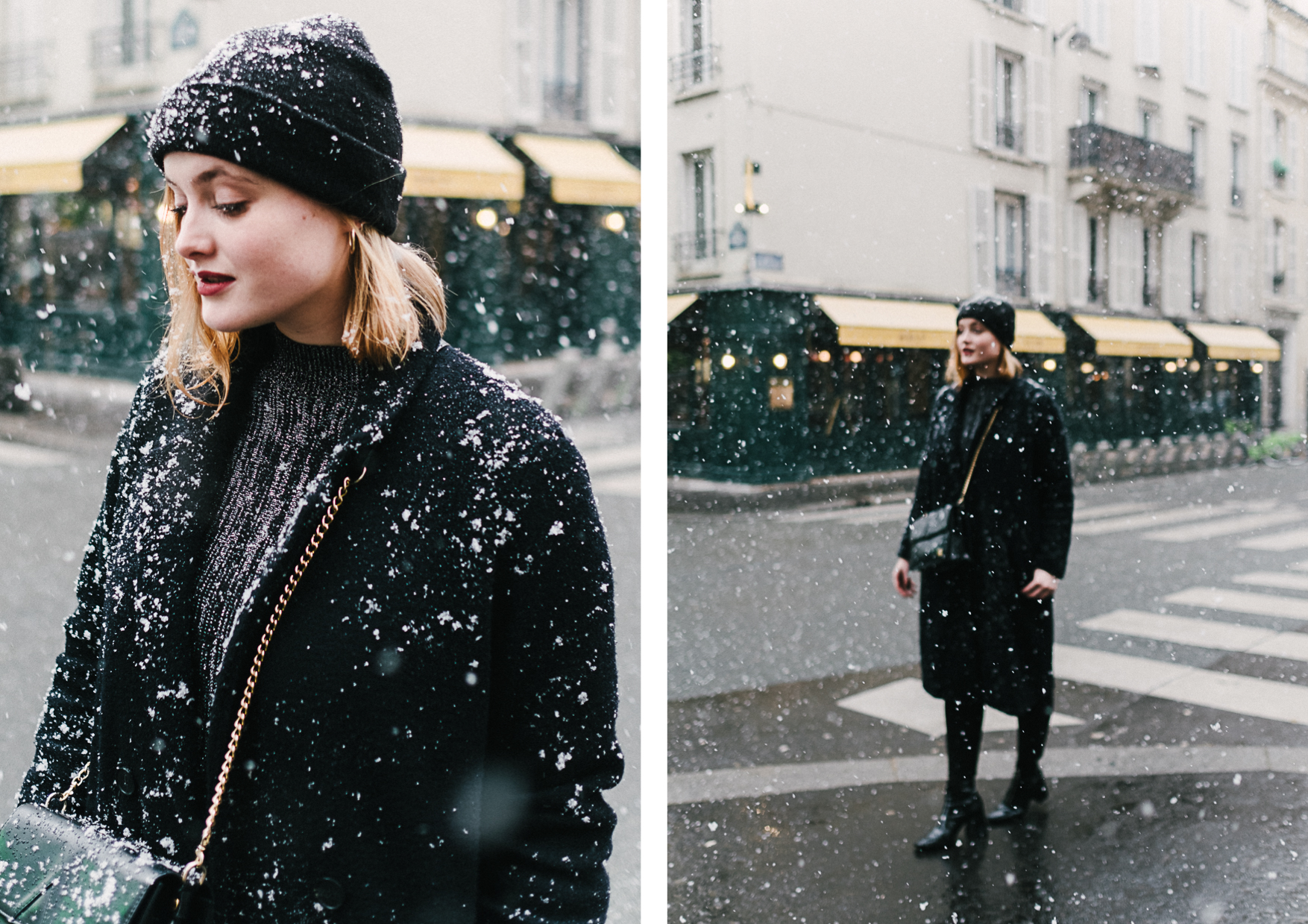Anna is a talented animator from Yekaterinburg. She is working on her new project in Paris now. I fell under the spell of the mystery atmosphere of her previous film “Among The Black Waves“ and was interested to talk with her about sources of inspirations and learn more about her upcoming project.
Why did you choose animation as your profession?
I used to draw a lot when I was a kid. In the kindergarten when all the kids were gone for a walk, I would stay inside with a huge piece of paper and I’d draw different personnages and scenes of life. Later I was fond of anime and Disney.
I studied at the Architectural Academy of Yekaterinburg, where a new animation department was opened. At first it was very difficult. I did not understand the physics of movement and how it is even possible to create the illusion of movement on a flat paper sheet, frame by frame. I had never seen an author's animation before and all the arthouse films seemed strange and poorly drawn to me. The assignments were also unusual. For example, once, the teacher asked us to go outside and talk to the trees. It was all strange at first, but then I really got into it and met a lot of interesting people.
What are the stages to create an animation movie?
First, an idea or a picture appears in your head. You think about it. Then you start making sketches, putting together a story like a puzzle. If you are a lucky director who has found a great screenwriter, then you discuss the idea with him. If not, you can brainstorm with your colleagues or friends who can throw in some ideas.
Next, you are searching for the ideas how the environment, setting and characters will look like. In what technique you want to make a film (3D, 2D, dolls, object animation). Then you draw the storyboard of the movie. It's like a comic book showing the story scene by scene.
From the storyboard, an animatic is made. It’s a slideshow, where you can see the first cut and the duration of the film.
Then you start drawing animation with other animators involved in the process. Afterwards it’s time for editing - a sound engineer and a composer join the team. This is my favorite moment, because the most difficult part is over, and now you are watching how your film is being brought to life by other talented people.
Share, please, what is your new project about?
This is a parable about two twin sisters and one man, let’s say a love triangle.
Aesthetically, I was inspired by the Japanese Butoh dance. When I lived in Tokyo, I was amazed by the movements of the dancers, they differ a lot from other styles. I saw something wild and natural in them, and I got the idea to create animation.
It was only by the end of working on the film I realized that the top class is to achieve the sensation of dance only via means of rhythm and editing, without showing the dance itself on the screen.
What films of other animators would you recommend to see?
My favorites:
Boris Labbé “Rhizome”
Adrien Merigeau “Genius Loci”
Tomek Popakul “Acid Rain”
Alison Schulnik “Mound”
Tell me the story of you getting to the film set of a new Wes Anderson's movie?
I used to live in the small French town of Angoulême, where Wes Anderson began shooting his new film, The French Dispatch.
One day I was walking down the street from the supermarket with a baguette under my arm, when his agent stopped me and started to take pictures of me. A week later, I received a message asking to come to the fitting.
It was an amazing experience - the set seemed to me like a huge factory with lots of costumes continuously being sewn and make-up artists waving their tassels. They combed a huge cocoon on my head and put on me a red leather dress.
Due to the pandemic, the premiere has been postponed, but I still hope to see my five seconds of fame, if they were not cut out during the editing.
What do you like about Paris?
In Paris I like the wild mix of everything. Each district has its own atmosphere, you can just cross the road and get into a completely different world. I love watching local characters, I think I have never seen such a variety of faces from urban madmen to super stylish bohemia. Everything is mixed, and I really enjoy it.

